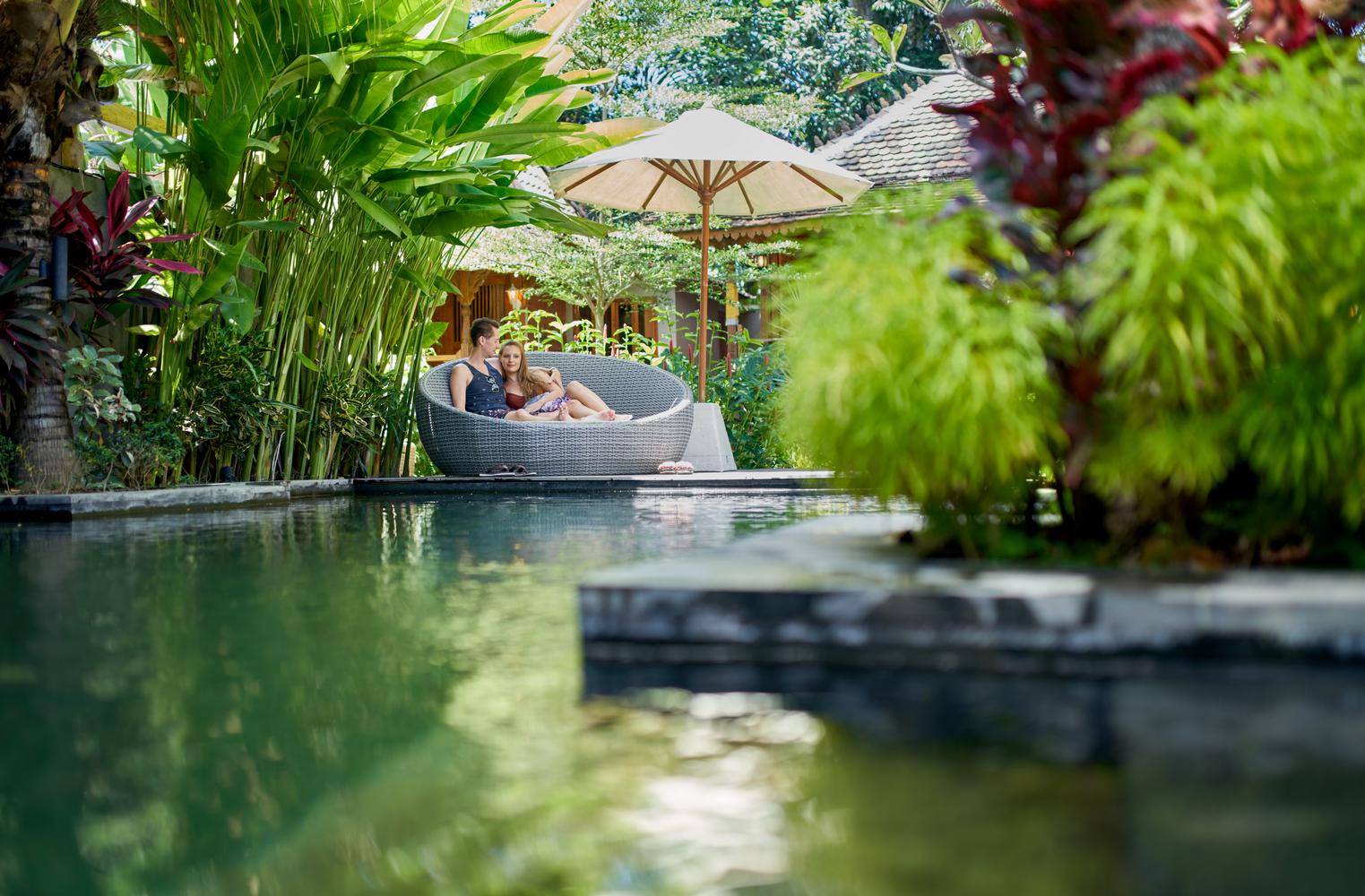
Residency & Citizenship
Buying a Second Home: A Complete Guide to Lifestyle and Legacy
Airdomo Editorial
September 12, 2025
Owning a second home is no longer simply a marker of luxury—it’s a conscious choice about how and where you want to live your life. It’s a chance to trade weekends in anonymous hotels for a villa with your name on the gate, to create a gathering place for family, or to diversify your portfolio with an asset that pays dividends in both memory and money.
But as with all meaningful decisions, success lies in understanding both the dream and the details. This guide offers a clear path: from defining what a second home means to you, to weighing the financial realities, to navigating the purchase with confidence.
What Counts as a Second Home?
A second home sits somewhere between indulgence and investment. Unlike a dedicated rental property, it is purchased first and foremost for you: a beachside escape, a mountain chalet, a pied-à-terre in a city you return to again and again.
The distinction matters.
- Second Home: Primarily for personal use, occasionally rented to offset costs.
- Investment Property: Acquired with the goal of generating rental income year-round.
Your intention—escape or enterprise—shapes every decision that follows.
The Benefits of a Second Home
The appeal is both practical and poetic:
- Lifestyle enrichment: A retreat that feels entirely your own, free from bookings or seasonal availability.
- Financial growth: Properties in well-chosen locations often appreciate steadily over time.
- Passive income: When you’re away, the home can work for you—whether through vacation rentals or long-term tenants.
- Tax advantages: In many regions, mortgage interest and property taxes are deductible (always consult a professional).
- Family and legacy: More than an asset, it becomes a place of tradition—a gathering space today, an heirloom tomorrow.
Can You Afford a Second Home?
Before falling in love with sea views or vineyard sunsets, it’s crucial to ground your vision in financial reality. Key considerations include:
- Down Payment & Rates: Expect 10–20% upfront. Second-home mortgages typically carry slightly higher interest rates than primary residences.
- Debt-to-Income Ratio: Most lenders favor a DTI below 43%.
- Monthly Costs: Beyond the mortgage, account for insurance, taxes, utilities, HOA fees, and inevitable maintenance.
- Rental Cushion: If rental income is part of your plan, ensure you can still cover costs during vacancies.
The goal is not to stretch yourself thin, but to expand your life comfortably.
Choosing the Right Location
Where you buy is as important as what you buy. Consider these filters:
- Purpose: A vacation retreat should be somewhere you’ll return often. For investment potential, focus on markets with high demand for rentals.
- Accessibility: Proximity matters. A home you can reach easily—whether by car or a short flight—will be used more often.
- Lifestyle & Amenities: Access to healthcare, dining, culture, and recreation enhances both personal enjoyment and rental appeal.
- Resale Value: Favor areas with population growth and infrastructure investment, where appreciation is likely to be stronger over time.
The Buying Journey: Step by Step
- Define Your Goals: Be clear on whether lifestyle, income, or investment is your priority.
- Research Locations: Visit, experience, and compare. Partner with local experts who know the market.
- Secure Preapproval: Lenders apply stricter criteria to second-home loans; clarity upfront helps avoid surprises.
- Find the Property: Work with an agent to balance vision and value. Look at size, style, and neighborhood with both present enjoyment and future value in mind.
- Close with Care: From inspections to legalities, surround yourself with trusted professionals.
Financing Options
- Conventional Loans: The standard choice, typically requiring 10–20% down.
- Jumbo Loans: Necessary for luxury properties that exceed conventional lending limits.
- Home Equity Financing: Tap into your primary residence’s value with a HELOC or home equity loan.
Each comes with trade-offs; the best fit depends on your broader financial picture.

Rental Income & ROI
A second home can be more than a cost center—it can be an engine of return.
- Short-Term Rentals: Platforms like Airbnb thrive in tourist destinations, offering high yields.
- Long-Term Leases: Consistency and stability appeal to those looking for predictable income.
- Maintenance Reserve: Set aside 10% of rental income for upkeep to preserve both the property and your peace of mind.
Done right, your property becomes both sanctuary and asset, supporting itself while growing in value.
Common Questions
Can I buy a second home without a mortgage?
Yes. Cash purchases or leveraging equity from your first home are common approaches.
What’s the difference between a second home and an investment property?
A second home is intended for personal use, while an investment property is designed to generate rental income year-round.
Are there tax advantages?
Often, yes. Mortgage interest and property taxes on second homes may be deductible, though rules vary by country.
The Bottom Line
A second home is not simply about square footage or location—it’s about lifestyle, legacy, and the life you imagine for yourself and those you love. It can expand your horizons, deepen your sense of belonging, and strengthen your financial future.
Approach the process with clarity, preparation, and intention, and the dream of a second home becomes not just possible, but profoundly rewarding.
And if your dream extends abroad, start by exploring residency and citizenship requirements in your destination of choice. After all, a second home isn’t just a property—it’s your foothold in the wider world.
Stay Updated
Get the latest insights on global real estate markets and destination living.
